California’s drought is having a visible impact on lawns throughout the state as homeowners reduce their outdoor watering. Lawns can be brought back to life relatively quickly, but once a tree dies, its loss is irreversible.
As the amount of sunlight falling on trees is reduced with the change in the seasons, trees go into dormancy and require less water than during the hot summer months. But in exceptionally dry conditions, a tree may not have enough stored moisture to survive California’s drought.
Representatives of the Sacramento Tree Foundation, California Center for Urban Horticulture (CCUH) at UC Davis, UC Cooperative Extension and the California Department of Water Resources (DWR) agree that even a return of normal rainfall this winter might not sustain trees without special care and watering.
“We are seeing locations in California where trees are dying because they haven’t been watered adequately,” said CCUH Director Dave Fujino. “While homeowners are trying to save water by letting lawns die, they need to continue watering their nearby trees.”
Chuck Ingels, U.C. Cooperative Extension Horticulture Advisor, urged homeowners to follow these steps:
· Dig into the soil 6 to 8 inches at a tree’s drip line – the area immediately below the widest part of the leaf canopy; if the soil feels dry and crumbly, it needs water.
· Apply water slowly and uniformly using low-volume application equipment, such as a soaker hose that circles the tree at the drip line. Allow water to saturate the soil to a depth of 8 to 12 inches.
· Allow the soil to dry between waterings; for most mature trees, one or two deep waterings per month is adequate. Fewer waterings – and perhaps none – are needed during the cooler and potentially wet winter months.
· Add mulch (leaves or wood chips) between the trunk and drip line to retain the soil’s moisture.
· Reduce competition for water by removing weeds and grass within 4 feet of a tree’s trunk.
Anne Fenkner, Greenprint Regional Coordinator, Sacramento Tree Foundation, said trees are essential to the health and beauty of residences and entire communities throughout the state. “Trees provide food for people and animals and shade that helps make hot climates livable,” she said. “We owe it to ourselves, our children, their children and the trees themselves to help them get through this extraordinarily dry period. When water supplies are limited, priority should be given to trees, then shrubs and perennials and lastly to lawn and annuals.”
Julie Saare-Edmonds, DWR’s Landscape Program Manager, said Californians are responding to the call in January by Governor Edmund G. Brown Jr. to reduce their water usage by 20%.
But if a homeowner has allowed a lawn to dry up during the drought, trees growing in that lawn may not be getting enough water and may need more to help them transition into winter dormancy.
Anne Fenkner, Sacramento Tree Foundation, said trees have varying water needs depending on their species, age, size, slope of the ground beneath them and other factors. Homeowners can nurture their trees and improve their health by understanding tree care principles:
· Older established trees may be starved for water as well as younger trees. The low rainfall last winter did not replenish the soil moisture adequately and they may need a moisture boost before winter.
· Avoid fertilizing trees now; it will stimulate new growth at the wrong time of year.
· When planting new trees, choose species wisely. Consult a local urban forestry group such as the Sacramento Tree Foundation or check the Arboretum All-Stars list at UC Davis. We don’t know how long the drought will last, so consider selecting drought-resistant varieties and delaying planting until drought conditions improve. If the drought worsens in 2015, investments in new trees may be lost.
· Improve the quality of the soil in which the trees grow. Aerate lawns so the roots of mature trees have good access to water and oxygen.
· Consult the Cooperative Extension Master Gardeners or a certified arborist if you have questions about the health of a mature tree.
Additional advice on caring for trees can be found at these websites:


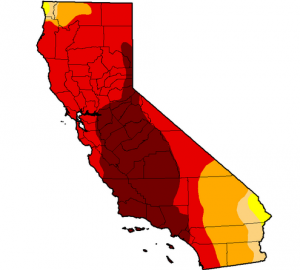
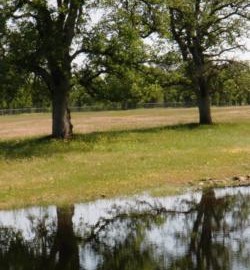


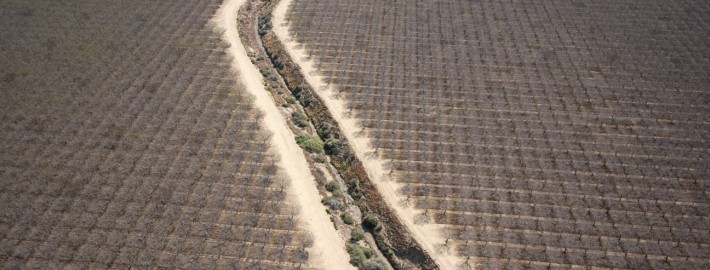








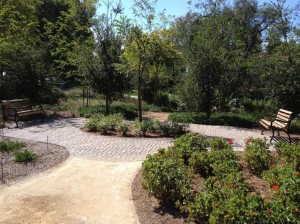
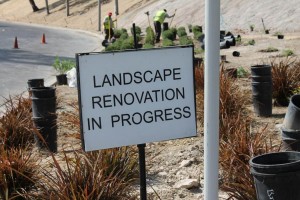
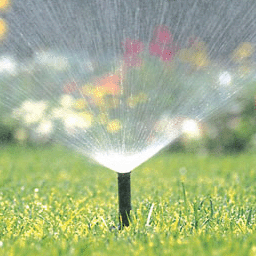

Follow Us!